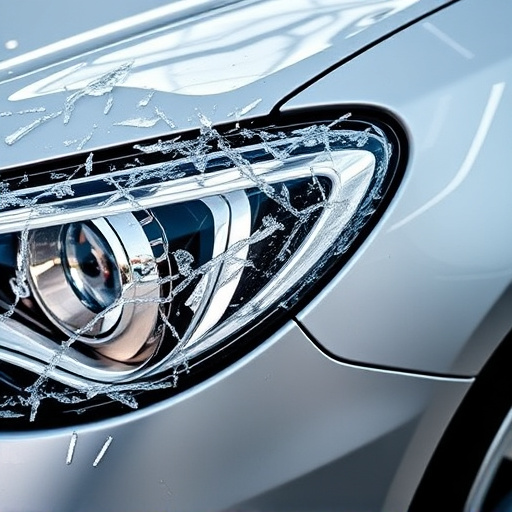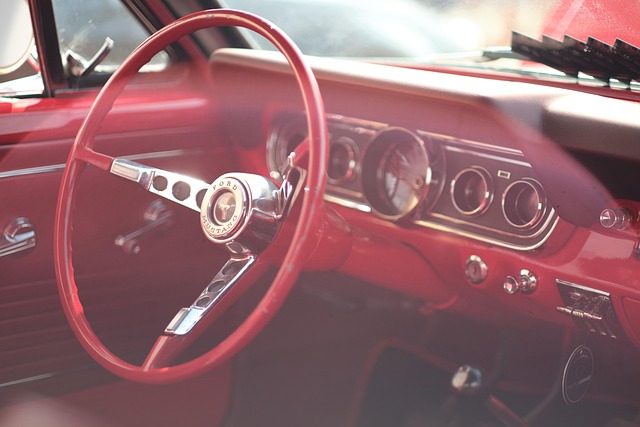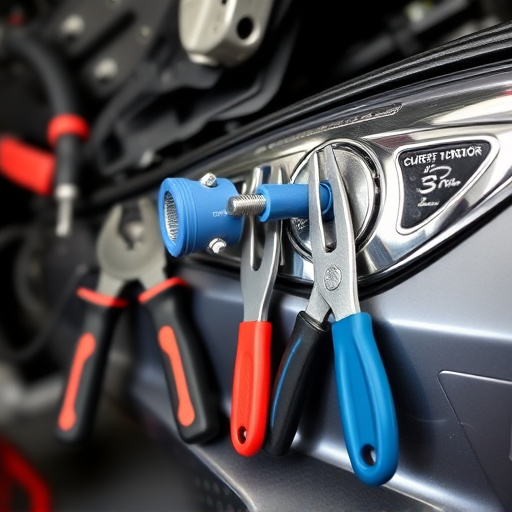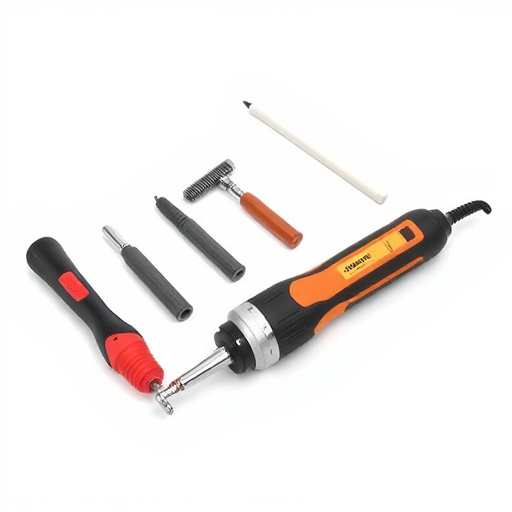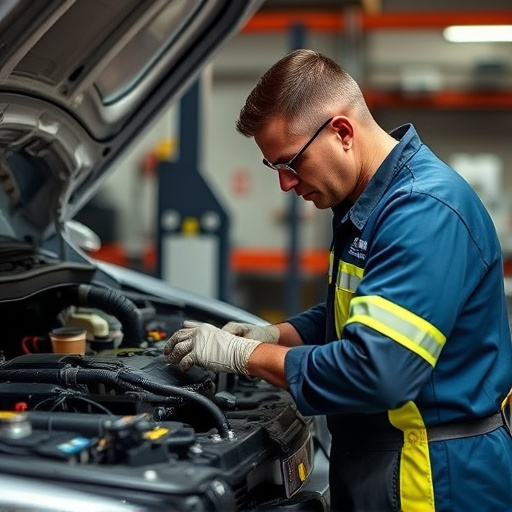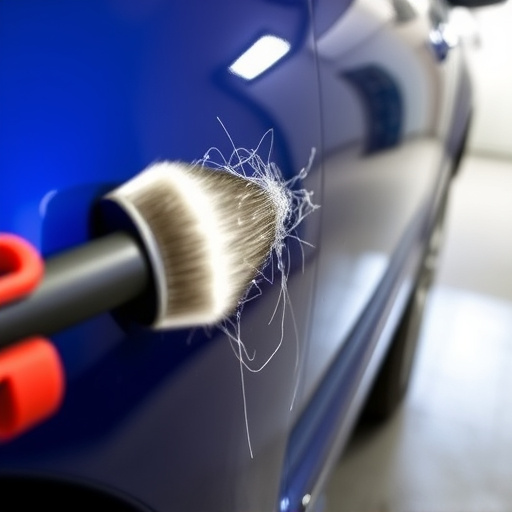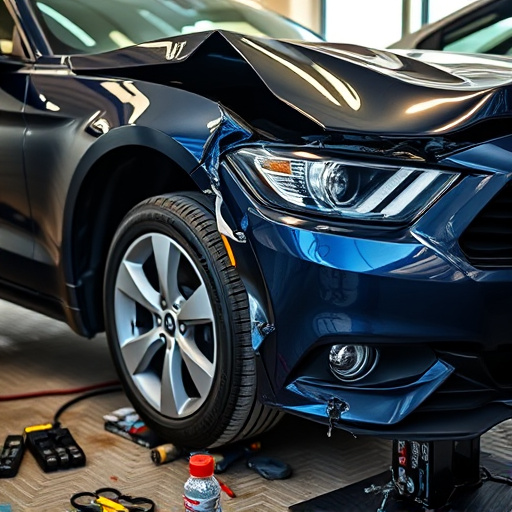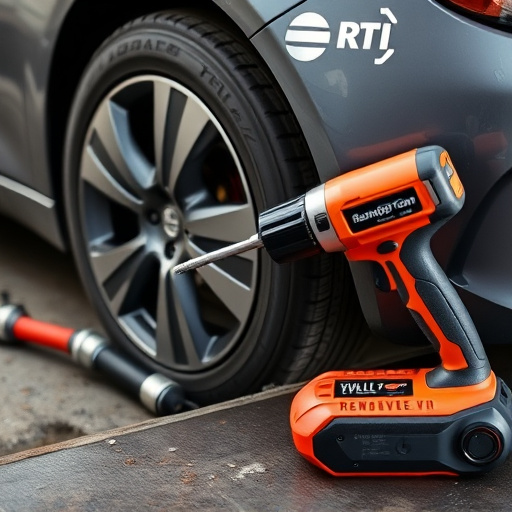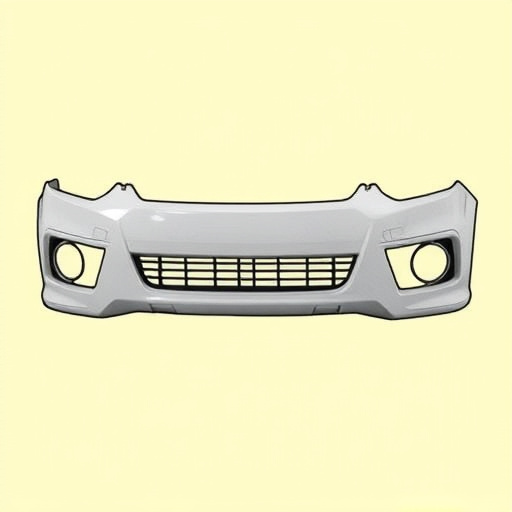The quality of auto body shop parts significantly influences a vehicle's resale value. High-quality genuine parts enhance condition and longevity, while inferior parts can devalue vehicles due to reduced durability. Visual impact of repairs matters; skilled craftsmanship ensures seamless integration, maintaining market perception. Choosing OEM parts for luxury vehicles is preferred for precision fitting and warranties, while aftermarket parts are more affordable but variable in quality. Auto body shops must balance cost, quality, and customer expectations to maximize resale value.
When it comes to maintaining and repairing vehicles, the choice of auto body shop parts plays a significant role in determining a car’s resale value. High-quality replacement parts can preserve a vehicle’s original value, while inferior or generic components may hinder its market appeal. This article delves into the intricate relationship between auto body shop parts and vehicle resale value, exploring how the quality and type of parts used during repairs impact a car’s perceived worth in the secondary market.
- The Impact of Quality Parts on Resale Value
- How Repaired Areas Affect Market Perception
- Original vs. Aftermarket: A Comparison Study
The Impact of Quality Parts on Resale Value
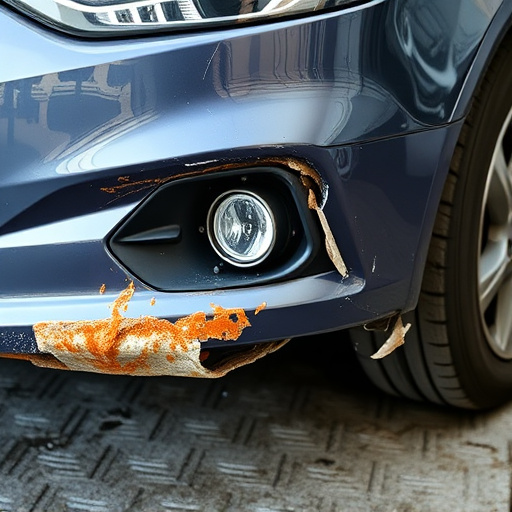
The quality of auto body shop parts plays a significant role in determining a vehicle’s resale value. When an auto collision center uses high-quality, genuine parts for car body restoration, it reflects positively on the overall condition and longevity of the vehicle. Customers seeking pre-owned vehicles are often willing to pay a premium for cars that exhibit excellent bodywork services, knowing that these parts contribute to reduced wear and tear and potentially fewer future repairs.
Using inferior or subpar parts can devalue a vehicle over time. Such parts may not match the original equipment in terms of durability and performance, leading to premature deterioration. In contrast, top-quality auto body shop parts ensure that the vehicle retains its aesthetic appeal and structural integrity, making it more attractive to potential buyers when the time comes to resell. This is particularly true for vehicles with a history of minor accidents, where careful selection of replacement parts can make all the difference in maintaining market value.
How Repaired Areas Affect Market Perception
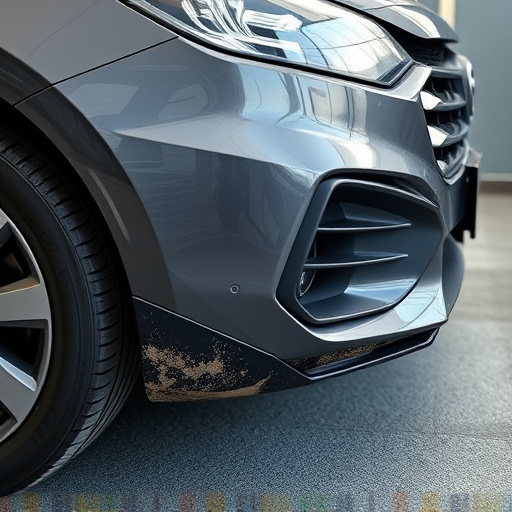
When an auto body shop repairs a vehicle, the impact on its resale value isn’t solely determined by the quality of work done. The visual appearance of repaired areas plays a significant role in how potential buyers perceive the car’s overall condition. Smooth, expertly repaired panels can enhance the market appeal of a vehicle, while visible signs of previous damage and repair might deter buyers, regardless of the effectiveness of the fix. This is particularly true for minor issues like scratches, which, if not addressed properly, can leave unsightly marks that negatively affect the car’s aesthetic.
Professional auto body shop parts and skilled craftsmanship are crucial in ensuring that repaired areas blend seamlessly with the rest of the vehicle. High-quality repairs, including meticulous paint jobs and precise panel fitting, contribute to a more favorable market perception. Conversely, poorly executed fixes or obvious discrepancies between new and old components can lower the car’s resale value, even if the repair addressed structural integrity issues. Thus, the combination of top-tier auto repair services and discreet restoration work is essential in maintaining or enhancing a vehicle’s resale potential.
Original vs. Aftermarket: A Comparison Study
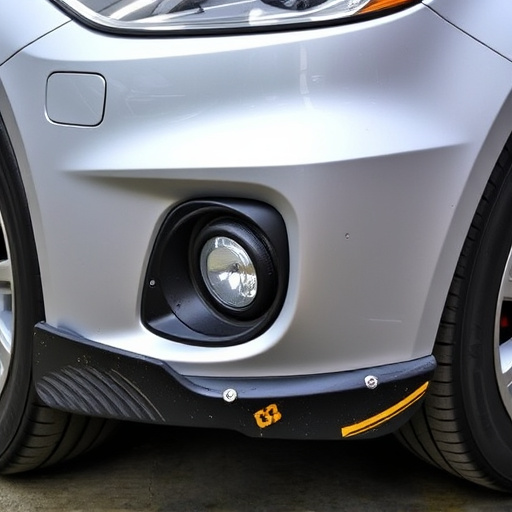
When it comes to auto body shop parts, the choice between original equipment manufacturer (OEM) parts and aftermarket alternatives is a significant one for vehicle owners. OEM parts, sourced directly from the car manufacturer, are designed specifically for a particular make and model, ensuring a perfect fit and often backed by the brand’s warranty. They represent the gold standard in auto maintenance, offering superior performance, reliability, and longevity. On the other hand, aftermarket parts, while more affordable, may not provide the same level of precision fitting or manufacturer guarantees. Their quality can vary widely, with some performing admirably while others might fail to meet expectations, impacting the overall resale value of the vehicle.
In the realm of luxury vehicle repair, where auto maintenance is a meticulous art, the use of OEM parts is often preferred to preserve the car’s original integrity and ensure its long-term performance. Aftermarket parts can be a more budget-friendly option for routine repairs or lower-end replacements, but they may not meet the same stringent standards as their OEM counterparts. As such, auto body shop technicians must balance cost, quality, and customer expectations when selecting parts to maximize resale value, especially in a competitive automotive repair market.
Auto body shop parts play a significant role in maintaining and enhancing a vehicle’s resale value. High-quality, original equipment manufacturer (OEM) parts ensure that repaired areas are seamlessly integrated, preserving the vehicle’s aesthetic appeal and market perception. In contrast, aftermarket parts may offer cost savings but can sometimes lead to visible differences, potentially impacting resale value. A careful balance between cost and quality is essential for auto body shops to maximize the resale potential of vehicles they restore.
